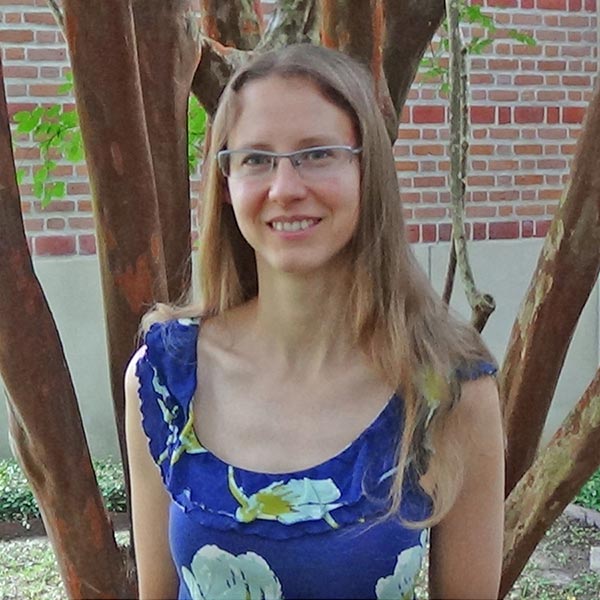
We use the model organism Caenorhabditis elegans to study the conserved mechanisms (immune and otherwise) that are used by the organism to defend itself against abiotic (i.e., environmental) and biological (i.e., pathogenic) stresses. C. elegans is a small, bacteriovorous nematode. It offers several invaluable traits for the modern biomedical researcher, including its small size (allowing it to be rapidly grown in the lab in high numbers), quick generation time (facilitating work ranging from biochemical to genetic to pathogenesis research), and even its transparency (enabling straight-forward use of fluorescent proteins and bioluminescence, as well as general imaging), and a genetic toolkit that is nearly unrivaled in other model organisms. In addition, C. elegans is often susceptible to infection with many of the same pathogenic bacteria as humans, and infection frequently utilizes the same virulence factors. This, combined with the remarkable conservation of innate immune pathways, makes C. elegans an attractive target for infectious disease models.
Research in my lab currently focuses on two interrelated topics. The first of these goals is to identify novel treatments for bacterial infections that exhibit resistance to antimicrobials. Antimicrobial resistant bacteria cause over 1.5 million nosocomial infections per year, and over 100,000 deaths. As antimicrobial misuse continues at a virtually unchecked pace, resistance has flourished, making new treatments desperately needed. We've developed a liquid-based, Pseudomonas aeruginosa infection assay that utilizes the master virulence factor pyoverdin for pathogenesis. Using this assay, we've identified small molecules that inhibit P. aeruginosa virulence or that promote innate immune activation. Research within the past twenty years has increasingly demonstrated that innate immunity plays a crucial role in priming the adaptive immune response and in mitigating the earliest sequelae of infection.
We have recently begun to study the importance of mitophagy (autophagic destruction of mitochondria) in cancer as well. Much contradictory evidence exists in the scientific literature suggesting that autophagy in general (and mitophagy in particular) may have pro-oncogenic effects (e.g., promoting organellar and protein complex recycling and efficient use of cellular energy reserves) and also anti-tumorigenic effects (e.g., mutation or loss of much of the autophagic and mitophagic machinery of the cell, or their regulators are strongly associated with increased cancer prevalence). We will utilize the C. elegans and human cells to gain an understanding of the relevance of mitophagy in tumor initiation and progression. This research effort will harness the particularly deep knowledge base of C. elegans cell cycle events that has been amassed by researchers across the globe over the past thirty years and leverage the high-throughput capabilities of C. elegans assays to identify novel therapies that may help cancer patients.

